Artificial Intelligence in Fashion Design and Forecasting
Artificial Intelligence in Fashion Design and Forecasting
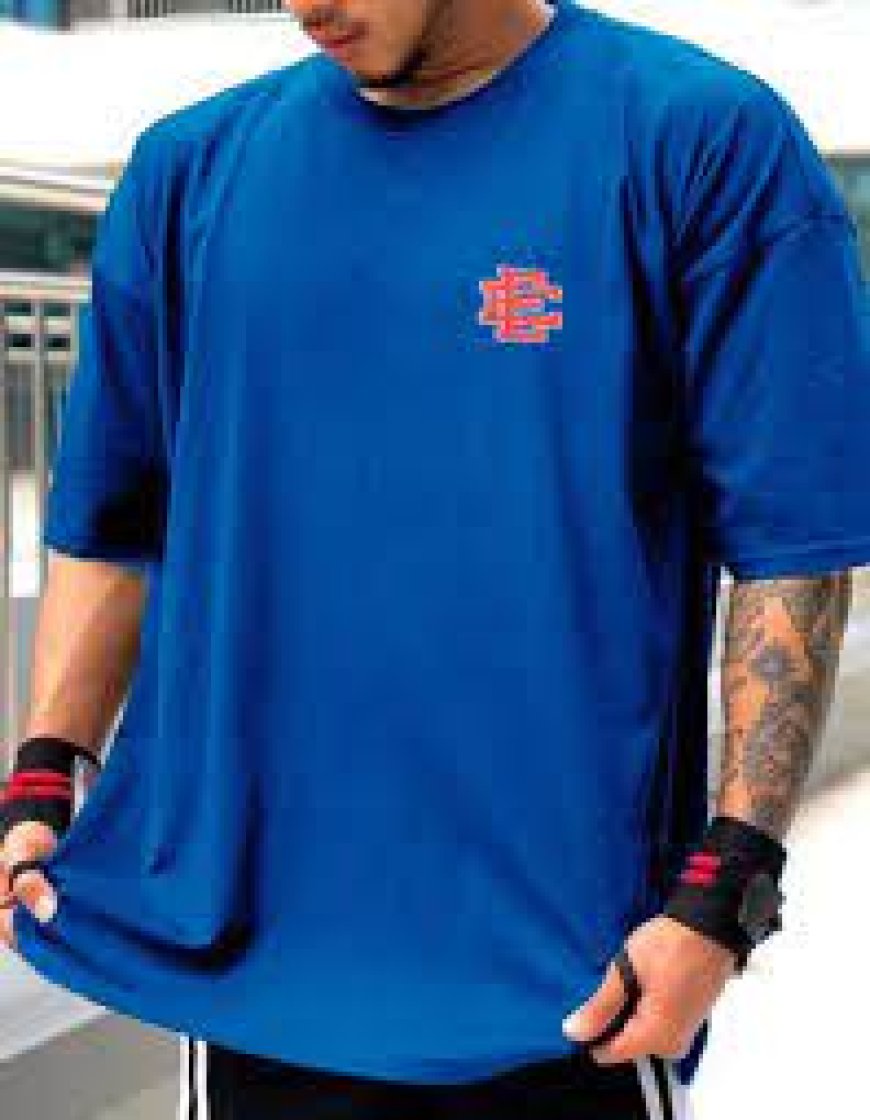
AI-Powered Fashion Design: A New Creative Frontier
The integration of Artificial Intelligence (AI) into the fashion industry is no longer a futuristic concept — it is reshaping how fashion is designed, produced, forecasted, and sold. Visit now Eric Emanuel Shorts. From trend prediction algorithms to AI-assisted garment design, machine learning is optimizing creativity and operational efficiency in fashion.
Fashion brands, retailers, and tech startups are racing to leverage AI technology to reduce waste, enhance customer experience, and forecast future trends with unmatched precision. As digital transformation sweeps across the industry, AI is proving to be the new cornerstone of modern fashion innovation.
Data-Driven Design Decisions
Traditional fashion design relies heavily on intuition and personal experience. With AI tools, designers now base decisions on data derived from:
-
Social media activity
-
Purchase history
-
Fashion week trends
-
Streetwear photo analysis
-
Influencer engagement metrics
This approach enables fashion houses to design garments that are not only aesthetically appealing but also aligned with real-time consumer preferences.
Generative AI in Clothing Creation
Generative AI models, such as GANs (Generative Adversarial Networks), are enabling the creation of new fashion designs by blending styles, colors, and textures in unique ways. These systems can:
-
Suggest entirely new silhouettes
-
Merge elements from multiple style eras
-
Create color palettes based on psychological response data
AI design assistants allow designers to explore countless iterations, accelerating the ideation process while expanding creative boundaries.
Predictive Analytics for Style Trends
One of the most revolutionary applications of AI is in fashion trend forecasting. By analyzing:
-
Global search queries
-
Influencer behavior
-
Runway collections
-
Retail performance analytics
AI platforms can identify upcoming fashion trends months before they peak. These predictions are often more accurate and timely than traditional methods, giving brands a competitive edge in the market.
AI-Powered Consumer Behavior Analysis
By using machine learning algorithms, brands can deeply understand consumer sentiment and purchasing behavior. AI systems analyze:
-
Online reviews
-
Sentiment from social media comments
-
Browsing-to-purchase conversion data
-
Demographic segmentation patterns
This leads to hyper-personalized product offerings, optimized inventory levels, and minimized unsold stock — all through intelligent prediction.
Inventory Optimization and Waste Reduction
AI-driven forecasting tools enable retailers to produce the right quantity of each garment based on projected demand. This approach not only improves profitability but also addresses the fashion industry’s critical issue of overproduction and waste.
-
Reduced markdowns
-
Better stock rotation
-
Real-time adjustments to inventory
These benefits contribute to more sustainable fashion practices, aligning business goals with environmental responsibility.
Smart Logistics and Automation
AI systems also enhance logistics through predictive shipping, warehouse automation, and supply chain risk mitigation. These tools can:
-
Predict delivery delays due to weather or political disruptions
-
Optimize delivery routes in real-time
-
Automate warehouse picking processes
This level of automation increases efficiency while reducing operational costs and human error.
Personalization and Customer Experience in Fashion
With tools like AI chatbots, virtual stylists, and recommendation engines, brands are providing personalized shopping experiences that rival in-store consultations. These tools: Check it now https://hellstarhoodieofficials.com/
-
Suggest outfits based on previous purchases
-
Take into account body shape and size
-
Integrate style preferences and seasonal trends
By tailoring every interaction, AI fosters brand loyalty and increases customer lifetime value.
Virtual Try-On Technology
AI enhances the digital shopping experience with augmented reality (AR) try-ons. Consumers can visualize how clothes will look and fit using their devices. These experiences:
-
Reduce return rates
-
Boost consumer confidence
-
Encourage higher conversion rates
This is especially critical for e-commerce fashion retailers, where the tactile aspect of shopping is absent.
Sustainability and Ethical Impact of AI in Fashion
Reducing Fashion’s Environmental Footprint
With accurate demand forecasting and smart inventory management, AI helps reduce overproduction — one of the largest environmental challenges in fashion. Moreover, AI algorithms can assess the environmental impact of materials, suggesting eco-friendly alternatives during the design phase.
Promoting Ethical Manufacturing
AI systems can track supply chains to ensure ethical sourcing and fair labor practices. Through blockchain integration, companies can maintain transparent, verifiable records of how and where products are made, building consumer trust and regulatory compliance.
AI in Fashion Marketing and Content Creation
Automated Copywriting and Image Generation
Brands are increasingly using AI-powered content generators for:
-
Product descriptions
-
Social media captions
-
Promotional emails
These systems produce engaging, optimized content in seconds, freeing marketing teams to focus on strategy and storytelling.
Visual Recognition and Influencer Marketing
AI tools analyze visual content performance, helping marketers choose the best imagery for ads and identify the most influential brand advocates. Image recognition AI can:
-
Detect trending fashion elements in real-time
-
Assess model diversity and visual appeal
-
Rank photos by predicted engagement
This optimizes marketing campaigns for maximum ROI.
The Future of Fashion is AI-Augmented
Hyper-Personalization at Scale
As AI continues to evolve, the future of fashion lies in hyper-personalization. Garments will be recommended, tailored, and even 3D-printed based on individual customer profiles. Smart mirrors, AR wardrobes, and AI stylists will become standard in both digital and physical stores.
Collaborative Creativity Between Humans and Machines
AI will not replace human designers, but rather enhance their creativity. By handling repetitive tasks and analyzing massive datasets, AI frees designers to focus on artistic innovation and brand storytelling.
Conclusion
Artificial Intelligence in fashion design and forecasting is transforming every corner of the industry, from ideation and production to distribution and customer experience. Its ability to predict trends, reduce waste, personalize shopping, and optimize the supply chain gives brands a powerful competitive advantage. Companies that embrace AI today are poised to lead the future of fashion tomorrow.
































































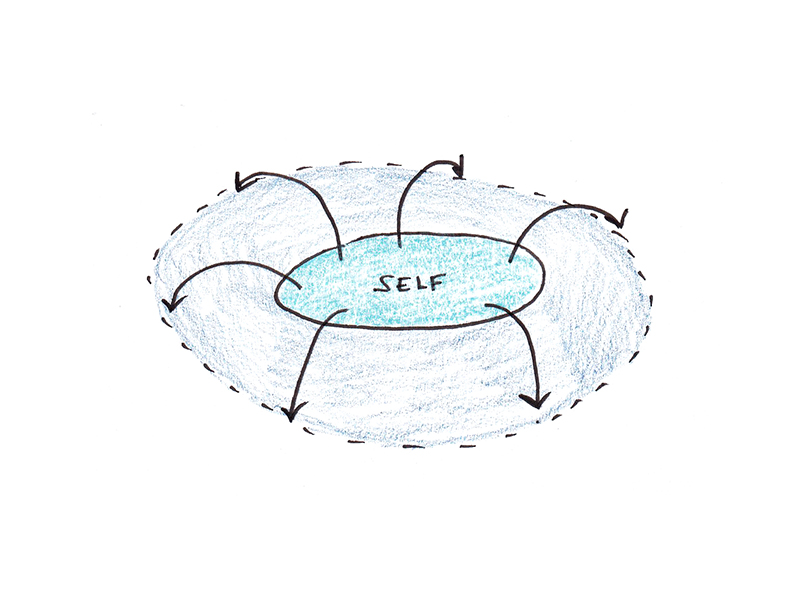
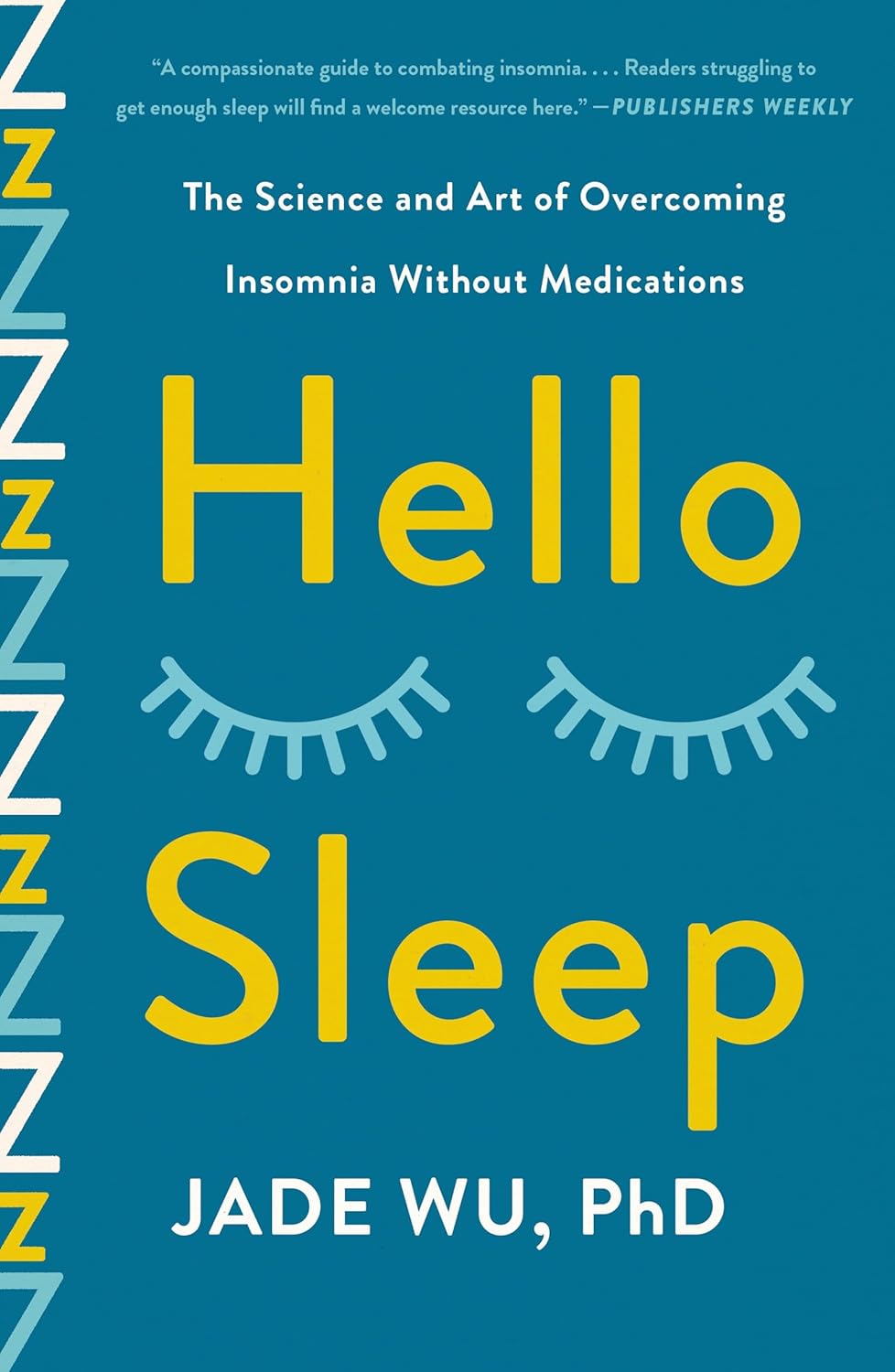




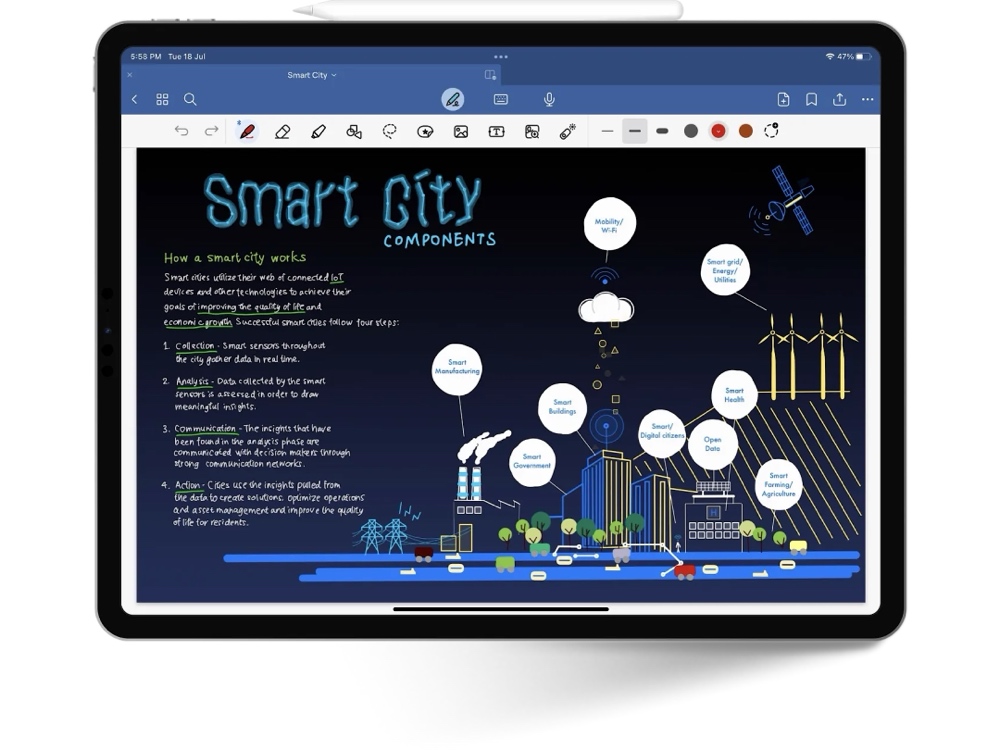

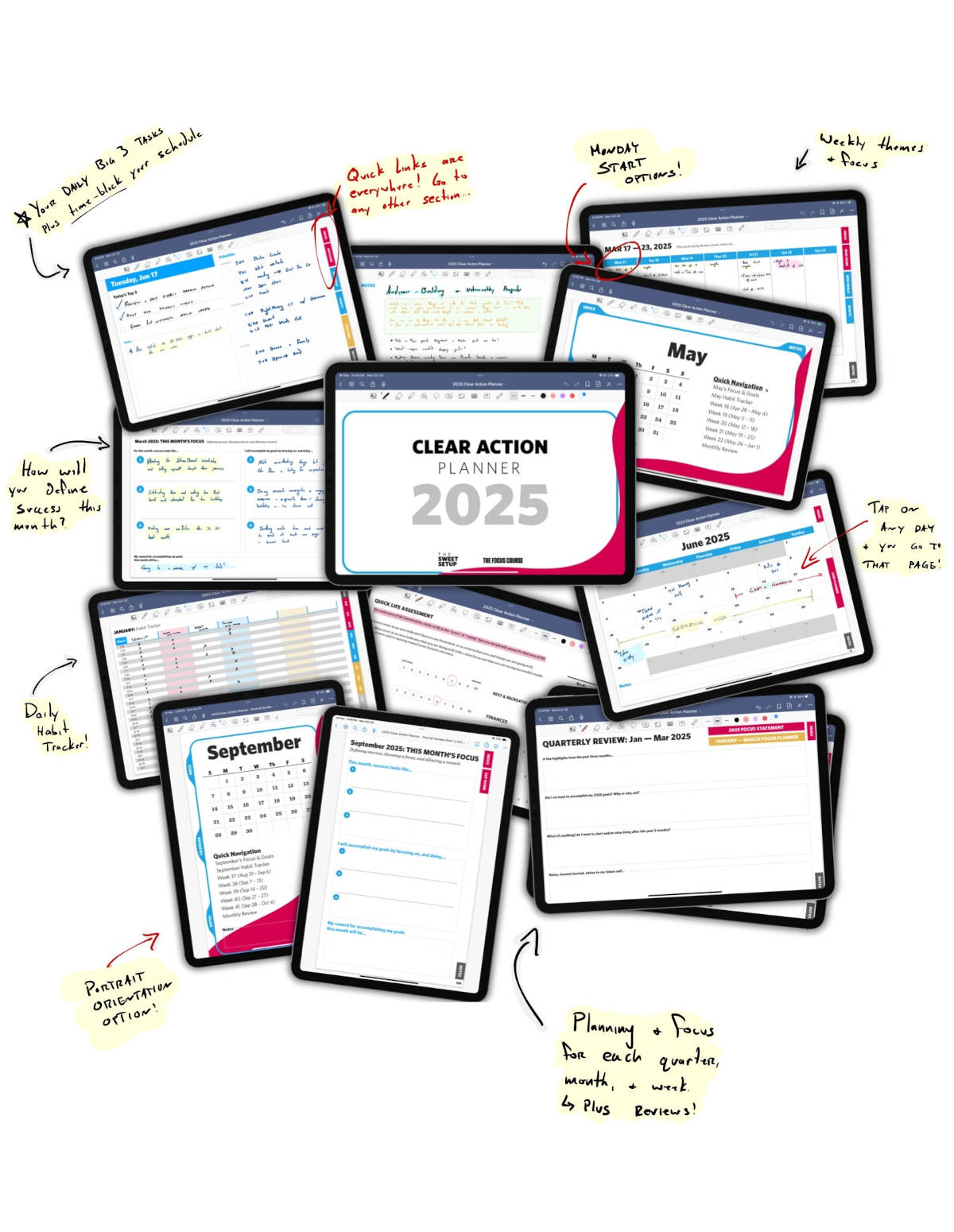




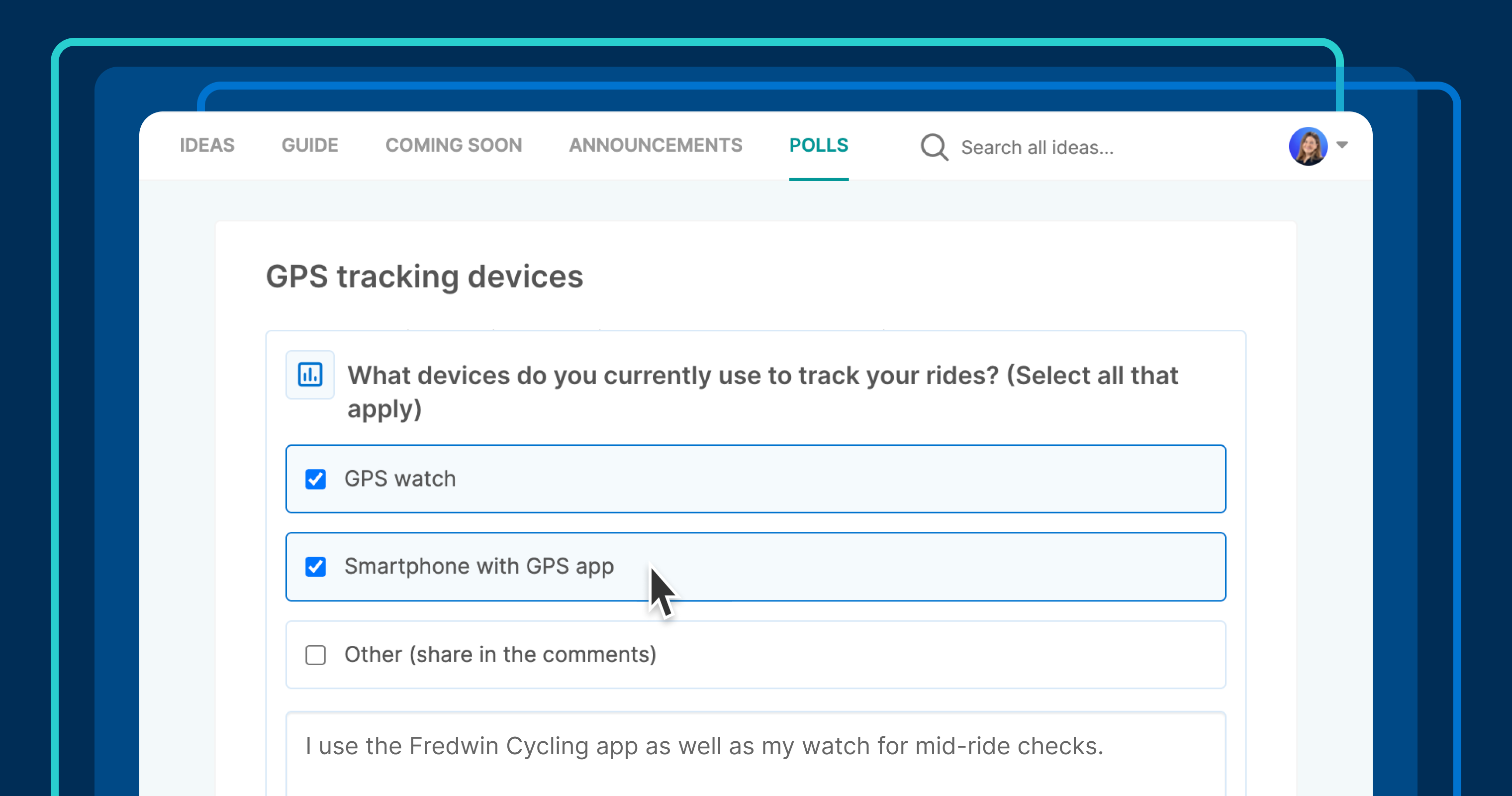






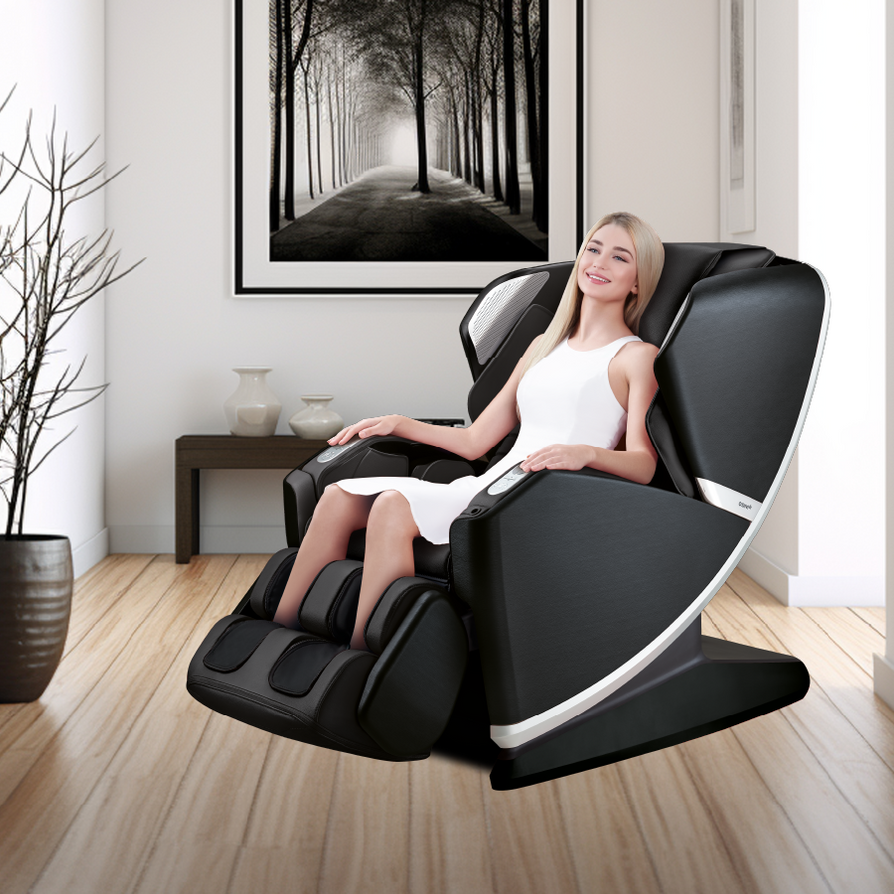

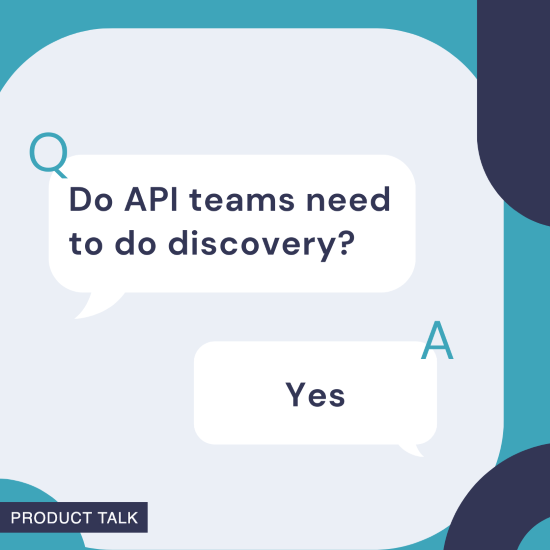
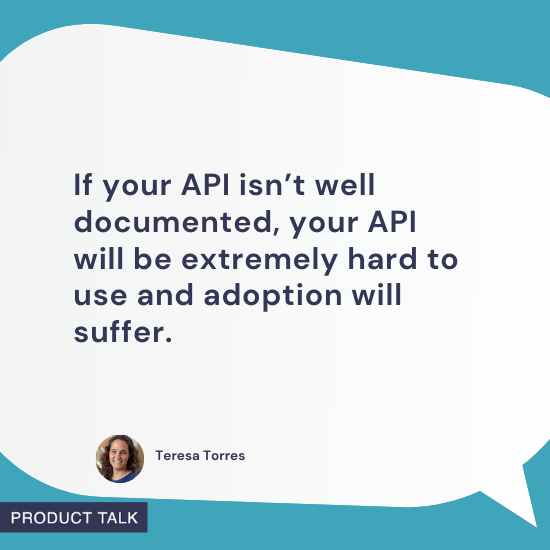









![Building A Digital PR Strategy: 10 Essential Steps for Beginners [With Examples]](https://buzzsumo.com/wp-content/uploads/2023/09/Building-A-Digital-PR-Strategy-10-Essential-Steps-for-Beginners-With-Examples-bblog-masthead.jpg)














































